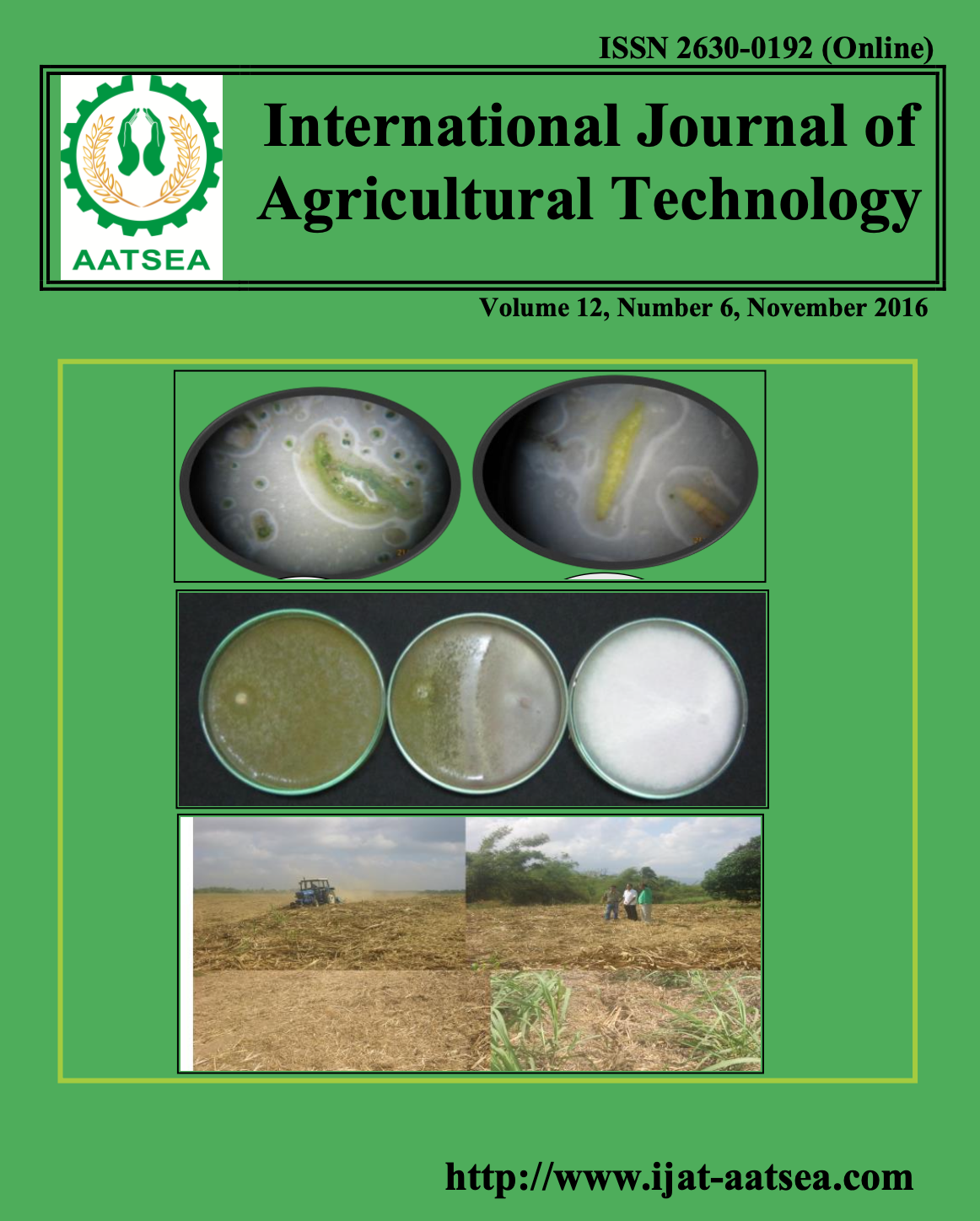Impact of some pollen substitutes in liquid form on the biological activities of honey bee colonies
Main Article Content
Abstract
Article Details

This work is licensed under a Creative Commons Attribution-NonCommercial-NoDerivatives 4.0 International License.
References
Abd El-Wahab, T. E. and Gomaa, A. M. (2005). Application of yeast culture (Candida tropicalis) as pollen substitute in feeding honey bee colonies (Apis mellifera L.) in Egyptian. Journal of Basic and Applied Sciences 1:386-390.
Abd El-Wahab, T. E., Ghania, A. M. M. and Zidan, E. W. (2016). Assessment a new pollen supplement diet for honey bee colonies and their effects on some biological activities. Journal of Agricultural Science and Technology 12:55-62.
Abdel-Latif, M. A., El-Giar, F. H. and Mohanna, M. N. (1971). Three forms of yeast as pollen substitute. American Bee Journal 111:14-15.
Brodschneider, R. and Crailsheim, K. (2010). Nutrition and health in honey bees. Apidologie 41:278-294.
De Jong, D., da Silva, E. J., Kevan, P. G. and Atkinson, J. L. (2009). Pollen substitutes increase honey bee haemolymph protein levels as much as or more than does pollen. Journal of Apicultural Research 48:34-37.
DeGrandi-Hoffman, G., Wardell, G., Ahumada-Segura, F., Rinderer, T., Danka, R. and Pettis, J. (2008). Comparisons of pollen substitute diets for honey bees: consumption rates by colonies and effects on brood and adult populations. Journal of apicultural research 47:265-270.
Fresnay, J. (1962). A new instrument for brood measurement in a honey bee colony. American bee journal 111:20-21.
Herbert, E. W. (1992). Honey bee nutrition. The hive and the honey bee. Dadant and Sons; Hamilton, IL, USA. pp. 197-233.
Herbert, Jr. E. W. (2000). Honey bee nutrition. The Hive and the Honey Bee. Chapter 6. pp. 197-233.
Herbert, Jr., E., W. and Shimanuki, H. (1983). Effect of mid-season change in diet on diet consumption and brood rearing by caged honey bees. Apidologie 14:119-125.
Rashid, M., Wagchoure, E. S., ul Mohsin, A., Raja, S. and Sarwar, G. (2012). Control of ectoparasitic mites in honeybee (Apis mellifera L.) colonies by using thymol and oxalic acid. Pakistan Journal of Zoology 44:985-989.
Saffari, A. M. Kevan, P. G. and Atkinson, J. L. (2004). A promising pollen substitute for honey bees. American bee journal 144:230-231.
Saffari, A. M. Kevan, P. G. and Atkinson, J. L. (2010). Palatability and consumption of patty: formulated pollen and pollen substitutes and their effects on honeybee colony performances. Journal of Apicultural Science 54:63-71.
Sihag, R. C. and Gupta, M. (2011). Development of an artificial pollen substitute /supplement diet to help tide the colonies of honeybee (Apis mellifera L.) over the dearth season. Journal of Apicultural Science 55:15-29.
Taber, S. (1978). Rearing honey bees when you need them. American bee journal 118:408-411.
Townsend, G. F. and Smith, M. V. (1969). Pollen storage for bee feed. American bee journal 109:14-15.
Van Der Steen, J. (2007). Effect of home- made pollen substitute on honey bee colony development. Journal of Apicultural Research 46:114-119.


